Game Journal
Exercises: 5.1: Objects and Properties, 5.2: Behaviors , 5.3: Relationships , 5.4: System Dynamics , 6.2: Game Deconstruction
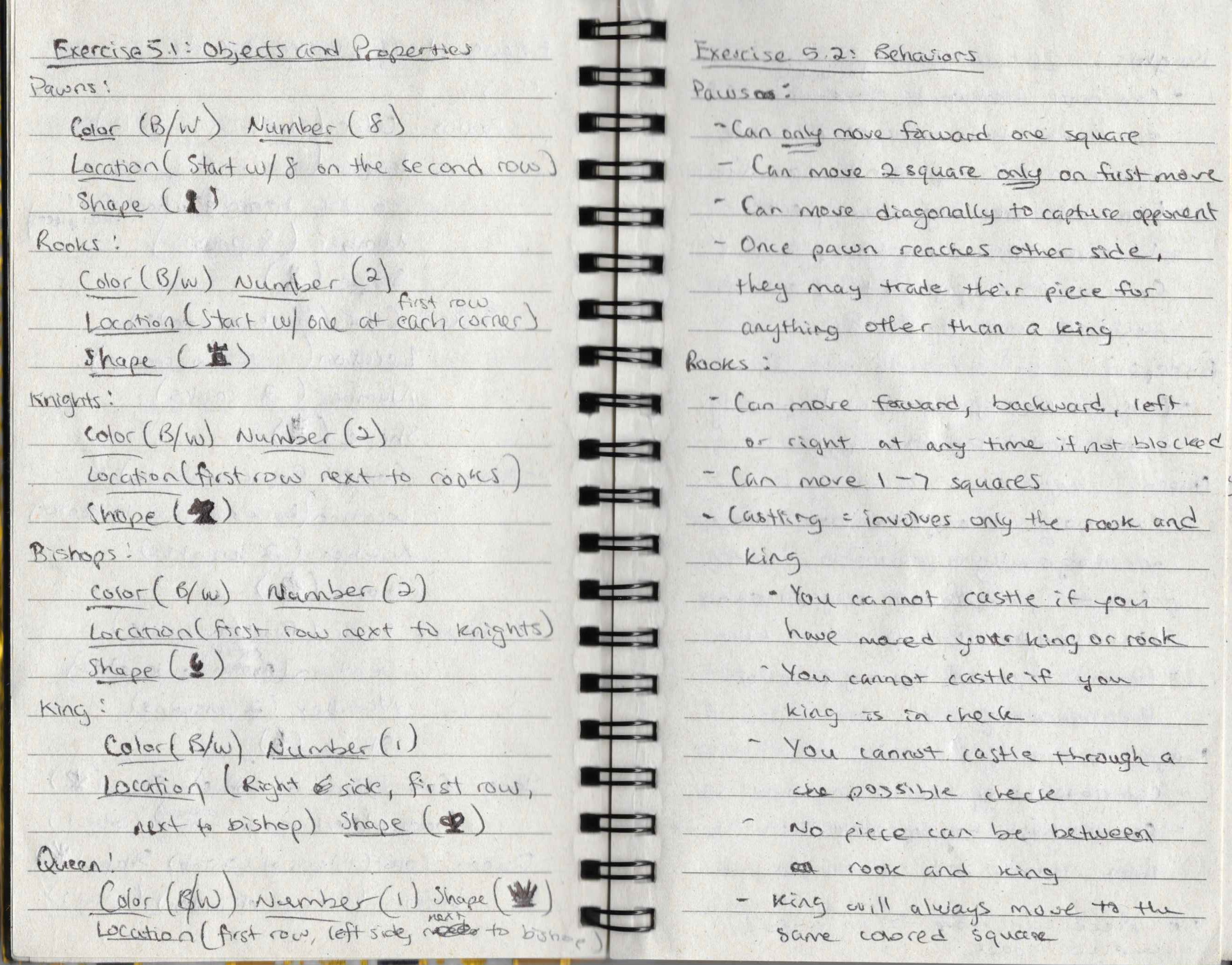
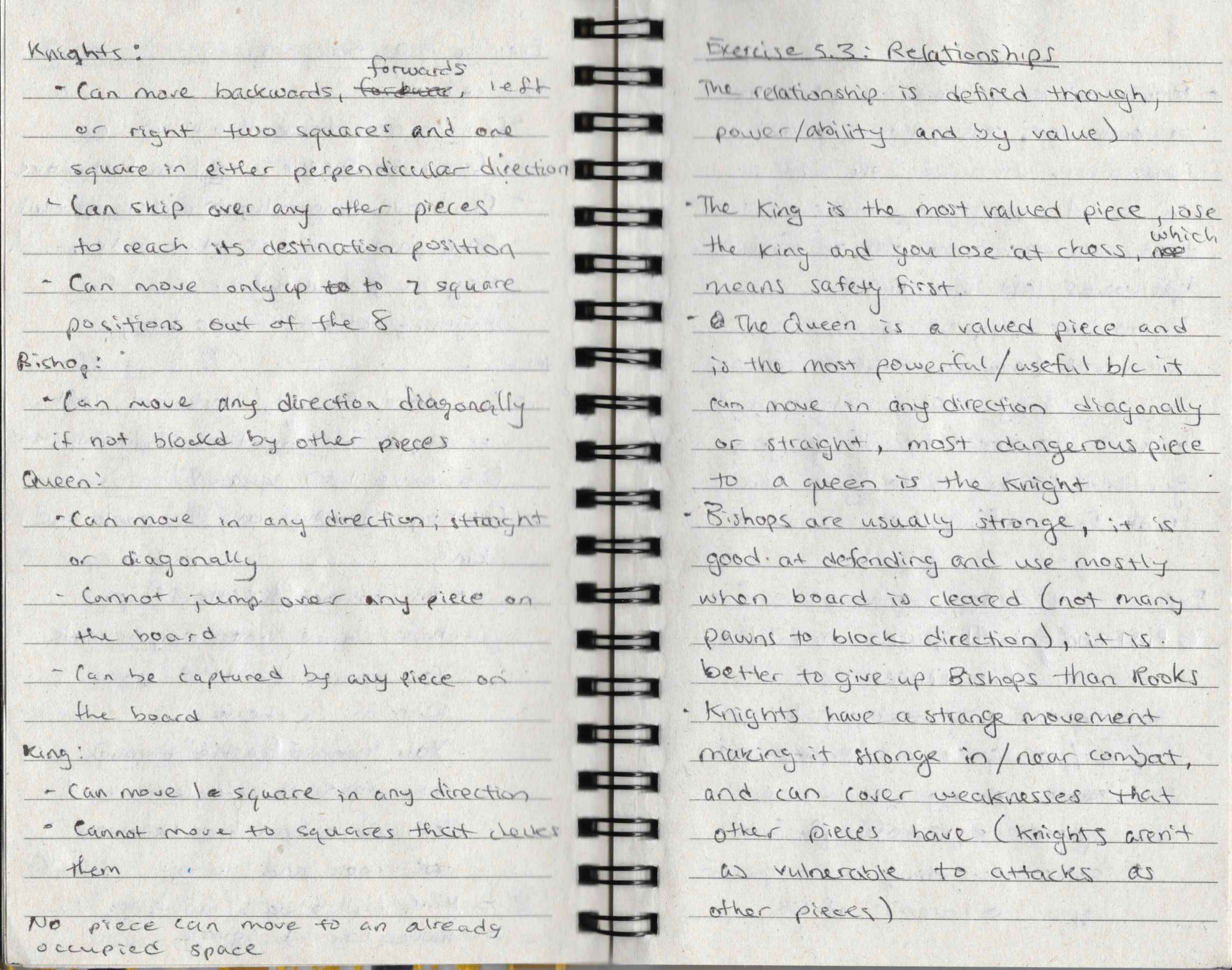
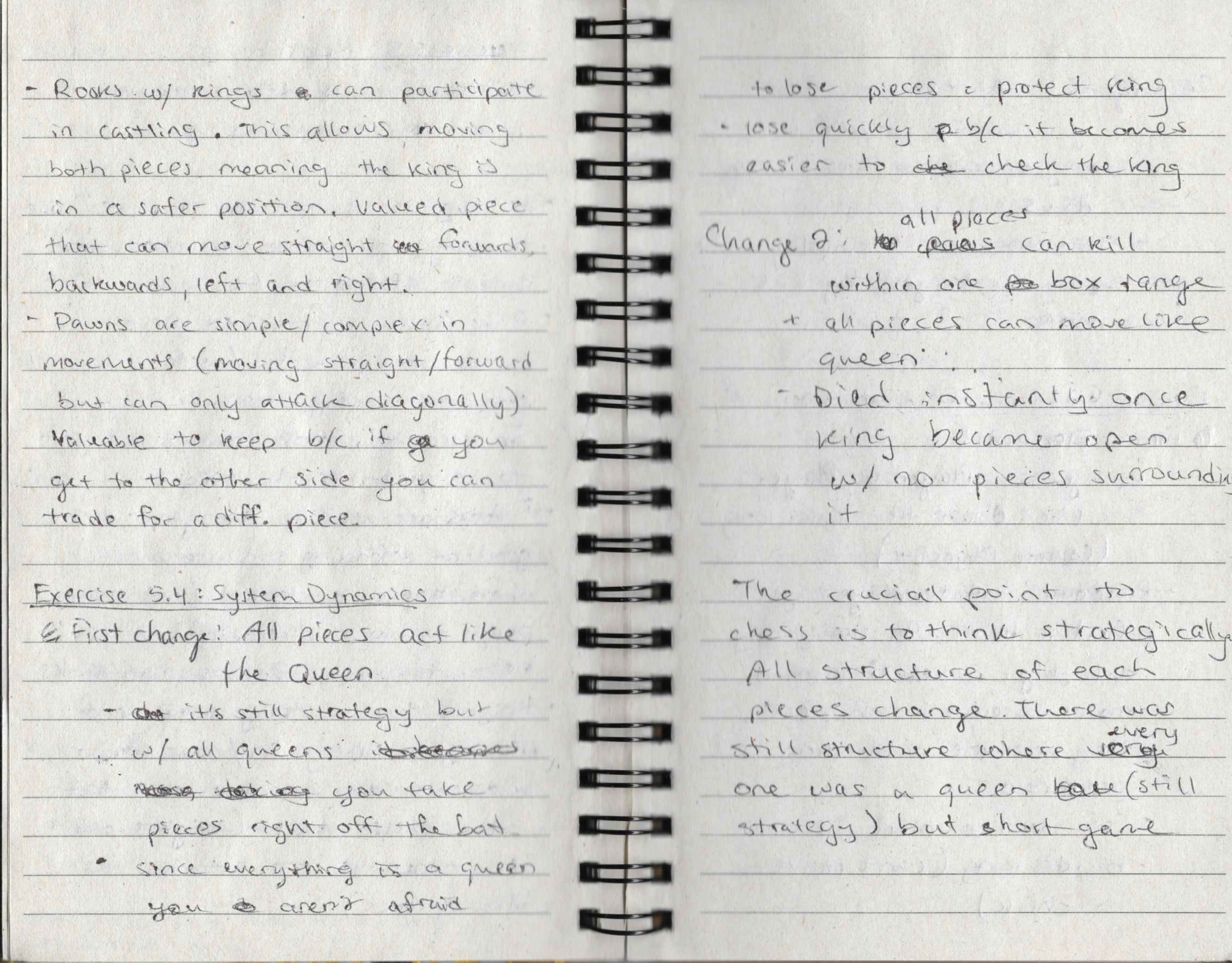
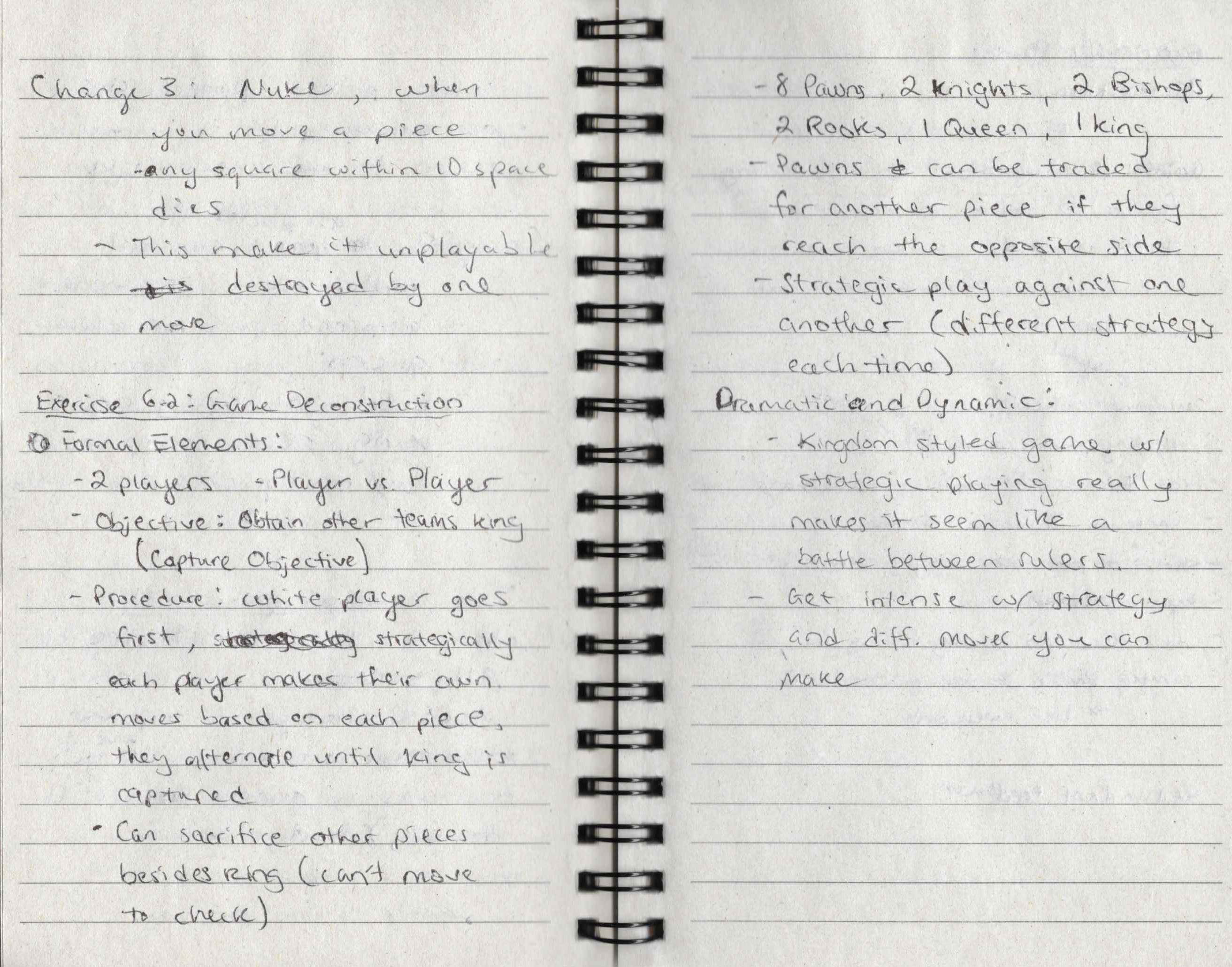
GDW Chapter 8: Digital Prototyping: Effective Interface Design
I found the idea of form following function to be interesting as it made me think about the reasons why I put something into the game. I took into consideration how it is best to never design the interface first such as which keys or what buttons to use. Instead, it should evolve to follow the function of the game to connect with how the game flows and what's easier to the player. I think I sort of followed the rules of not designing the interface first. I knew I wanted to try creating my game to be playable with a controller but because I made that desicion in the beginning it can be seen as thoughts/ ideas about interface first. But, what I think I did well was that since my game involves protecting your beehive from incoming attackers, you play as bees that attack enemies but also die in the process. I chose this because I wanted the bees themselves to seem like a bullet in my game. Visually, I believe I gave a lot of clues to the player such as camera shake every time the hive gets hit, a sonar-like particle system that indicates the next wave and using particle systems to show collisions, but I still feel like I could use more. For instance, when the hive is almost destroyed I could have used a flashing red to indicated that one more hit will mean game over, another instance would also be representing low health for my boss. Players would want a sense on how much health the boss would have which is why I every time you hit the boss it would get darker but I feel like it is still not enough since you still don't know how much health is left.
GDW Chapter 8: Sidebar: Using Software Prototypes in Game Design by Nik Mikros
This part gave an interesting view of software prototypes. Is the tool/prototype needed? For me, a digital prototype was needed to get a feel for what type of movement I wanted in my game and this is also connected to the question what are the requirements of the tool/prototype? For me, I needed to understand how the player would feel playing my game as I wanted it to be challenging but also something that as you play would gradually get used to it. The quickest way for me was to do the prototype in unity just so that I could understand what sort of movement I wanted, for instance, I had to choose between moving with a velocity which kept the speed constant or I could have chosen addForce which would have a damping effect. I also used the software prototyping to figure out what sort of movements I wanted from my enemies, to make the player feel less safe, I wanted the beehive to be at the center with all possible targets coming at it, which meant enemy movements would surround the beehive instead of just up or specific side.
GDW Chapter 8: Sidebar: Prototyping for Game Feel by Steve Swink
I thought it was interesting to describe constraints as also the mother of skill and challenge. For me, it was how my character moves that contrains a player. I think game feel may have been one of the difficult areas for my game just because so much of it involved using a controller to move the player around. At first, it was simple to move you can move in all for four cardinal directions with the left joystick and rotate with the right one. But, what was the point of the right joystick if I could move in all directions already. I had to change it so that you can only move forward and backward with the left joystick and rotate using the right one. This made my game much harder to play so I had to lower the difficulty of each level to suit the way of moving better. Another interesting thing was the idea to create a "possibility space" that raises with your game, making it very important to connect multiple elements in a game for there to be cohesion.
Super Mario 3 by Shiguru Miyamoto and Takashi Tezuka
Super Mario 3 is a platformer that was developed and published by Nintendo. It was released in Japan in 1988 and then in the United States in 1990. This game focuses on Mario and Luigi going to save Princess Toadstool. The game shares similar mechanics to previous Super Mario games such as the movement of the characters but they also added additional elements such as climbing up and down vines, picking up and throwing special blocks, sliding down slopes, and along with powerups, Mario can also fly and float. Along with powerups, they can also change the silhouette or of Mario by adding ears that signify and tell a player a change to their gameplay. This game also has eight different kingdoms that have their own unique world to them, for instance, you have the grassland which is the original looking Mario and then there is a desert land where the level has pyramids.
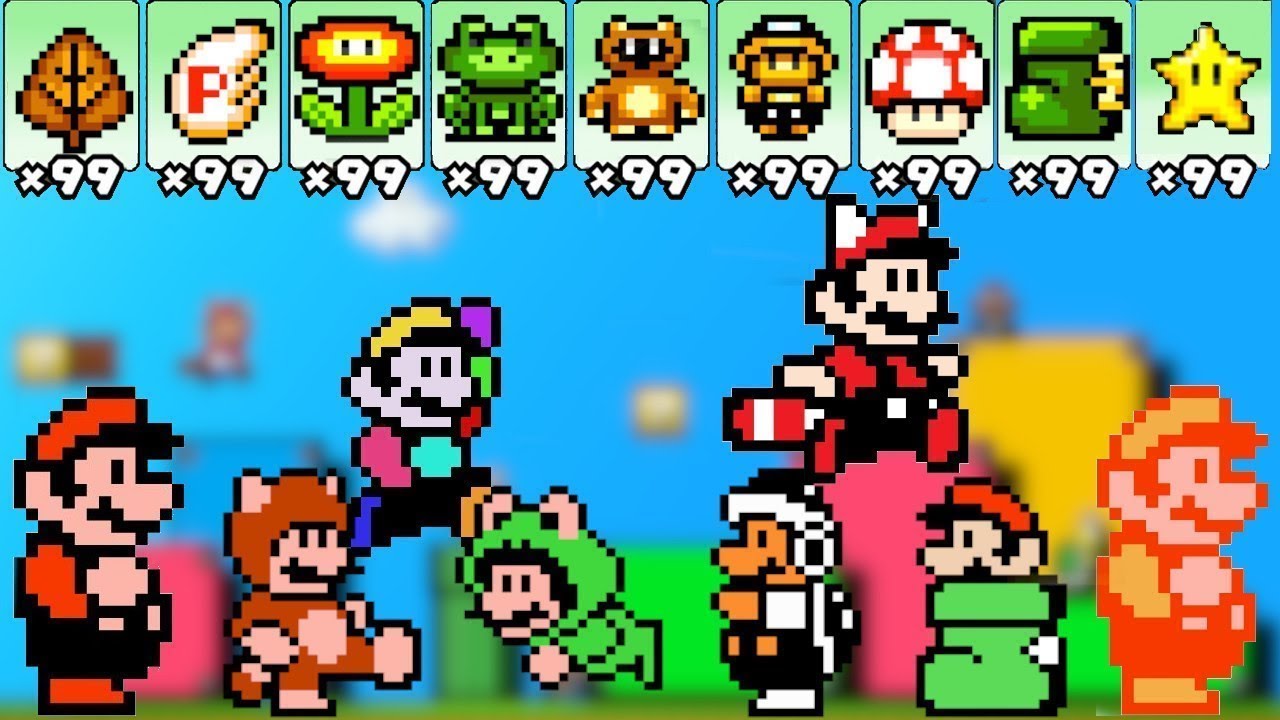
Exercises: 2.7: Premise, 2.8: Story, 4.1: Making Checkers Dramatic
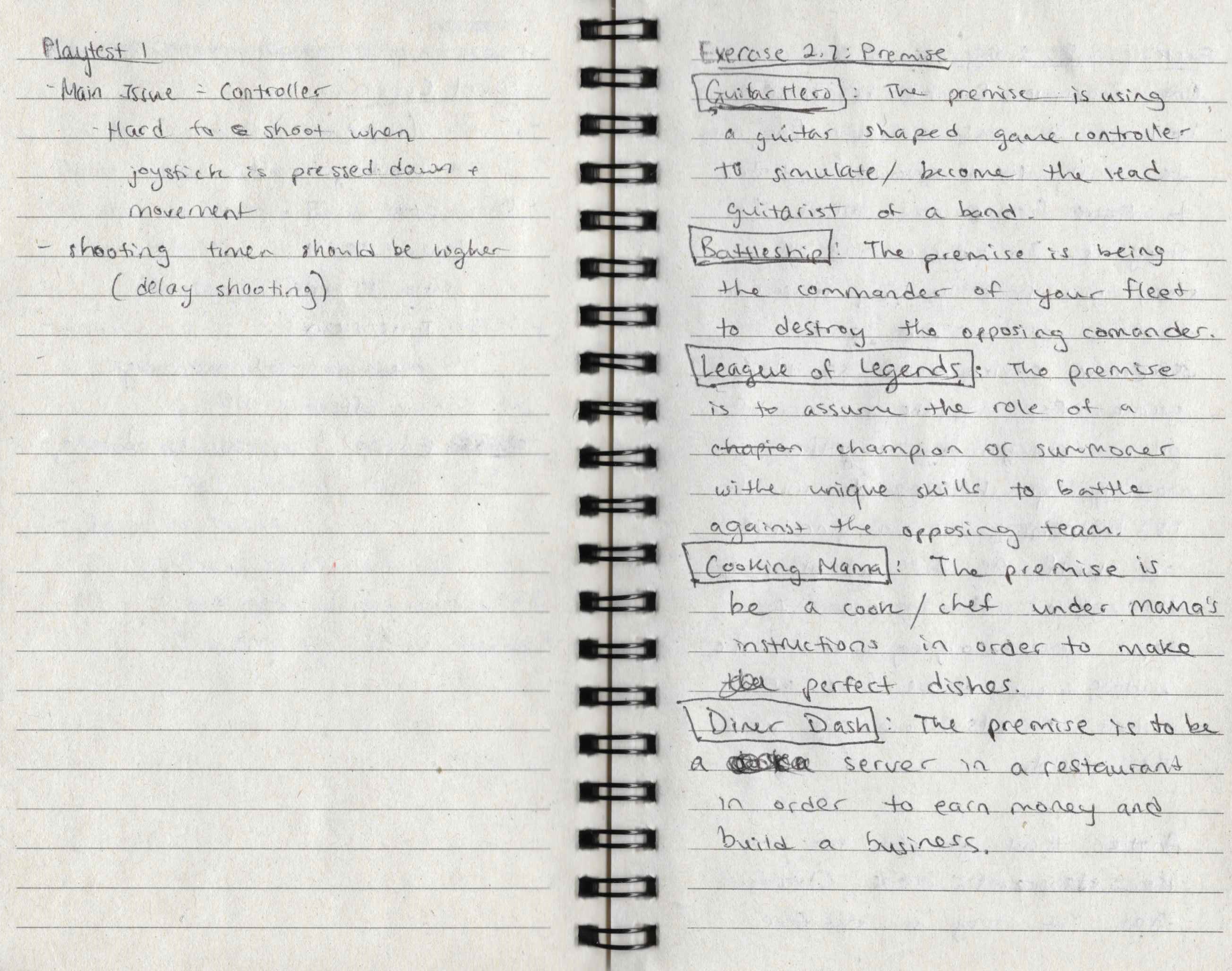
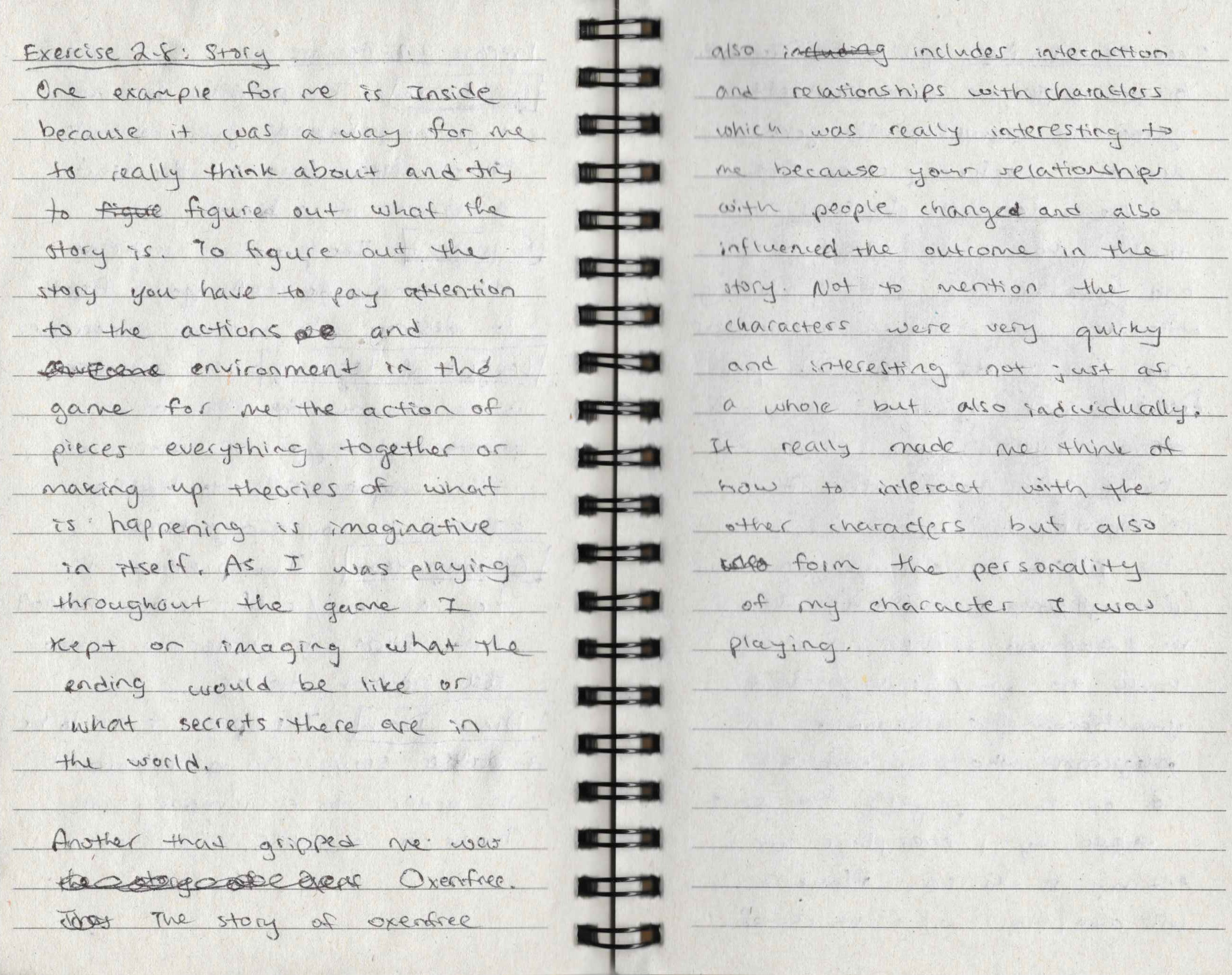
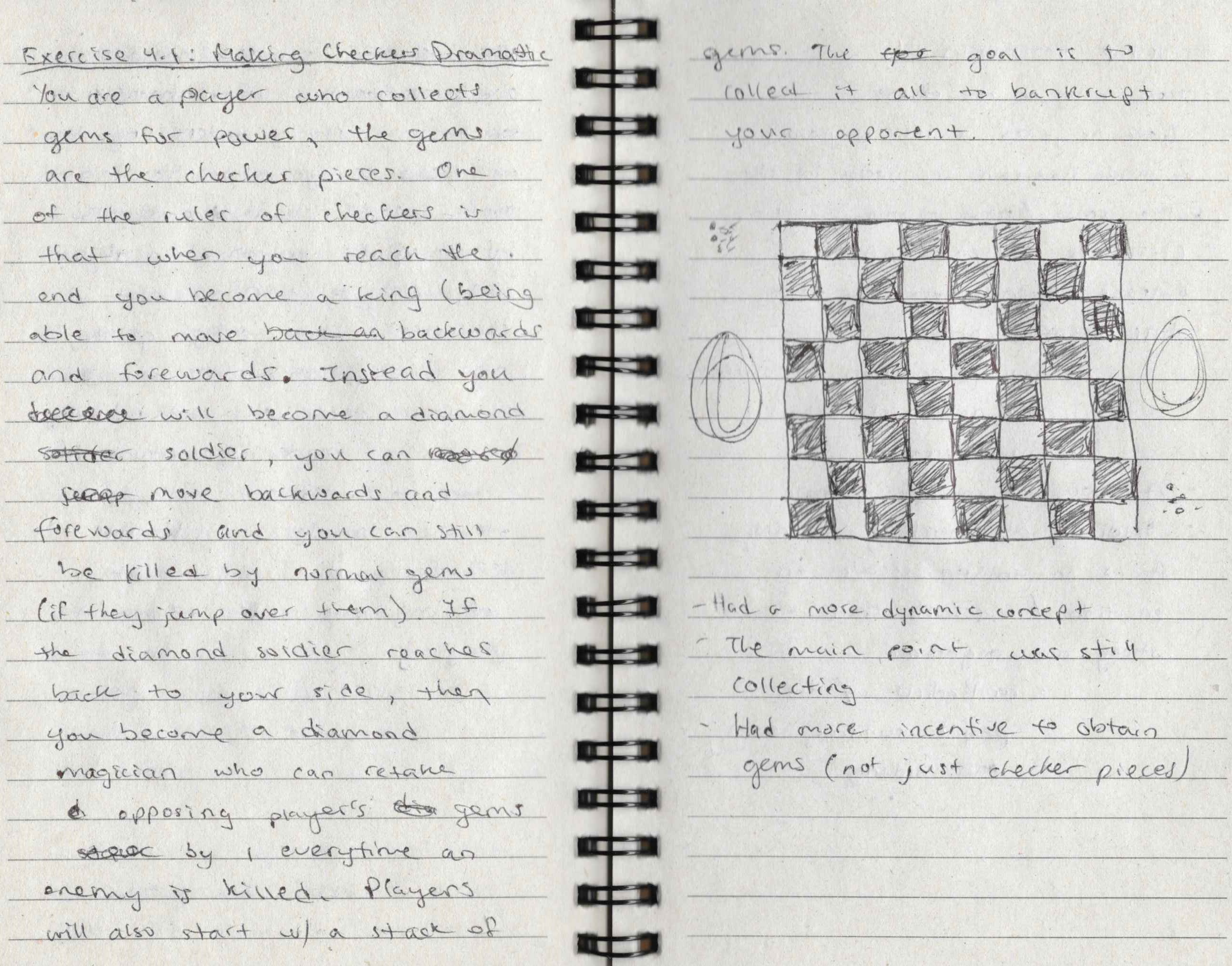
GDW Chapter 4: Working with Dramatic Elements
Reading about the flow diagram was very helpful, especially on the part about if the activity to too high then players become frustrated but as players continue to play their ability rises so the challenge must stay with their level of ability. Trying to find this balance between how fast a player will learn and get used to their abilities and how to engage the players in a much more challenging event. An element of flow is the concentration on the task at hand, and I can relate to this one many because of the example that they used which is League of Legends. Whenever I play that game, I need a great amount of concentration because there are so many elements needed for you to achieve a goal. There map awareness, to know where your allies and enemies are, there's a need more visions to know where your enemies are, there's the need to earn money to get items so that you can get more powerful and more. All of these elements and how you use or interact with them is one of the reasons why you need to concentrate to play.
GDW Chapter 8: Digital Prototyping
There are many types of digital prototyping including game mechanics, kinesthetics, technology, and aesthetics. For the game mechanics, I knew that I wanted my game to be used with a controller which was why I created a prototype on unity which later I would improve on. For aesthetics, I knew I wanted the bees and beehives to be a yellow tone whereas the enemies would be a much darker tone which would contrast them greatly. For me the one that took the most time was kinesthetics. I wanted the player to know what was happening within the game so I added multiple visual effects such as camera shake, color flickers, vignette effect, blurring, a slow-motion sort of effect, and particle systems. I wanted all of these to tell the players some sort of action and used specific ones over again to let the player know what it meant.
Bloodstained: Ritual of the Night (Switch)
Bloodstained: Ritual of the Night is a Metroidvania game that was developed by ArtPlay, published by 505 Games and designed by Koji Igarashi, Ayami Kojima, and Yoshitaka Amano. It is a gothic horror action side-scrolling RPG that is set in 18th century England. Its story is about a paranormal force that summoned a demon-infested castle which has a crystal infused with tremendous magic power, an orphan named Miriam has a curse that slowly crystallizes her body so to save herself and humanity she must defeat the Gebel who has summoned the castle. Before this, I didn't know what a Metroidvania game was, in a Metroidvania game it is usually designed in a non-linear way which allows players to explore the world such as Hollow Knight. There are also limitations to player exploration where areas are usually blocked by obstacles that can only be destroyed by a specific attack. Unlike our project that we worked on, Metroidvania games don't have levels to them and instead the game is broken up into areas or worlds that connect with each other. Like Super Mario 3, these areas typically have a unique style and music to it that differentiates them from different areas.

Exercises: 4.6: Premise, 4.7: Game Characters, 4.8: Story
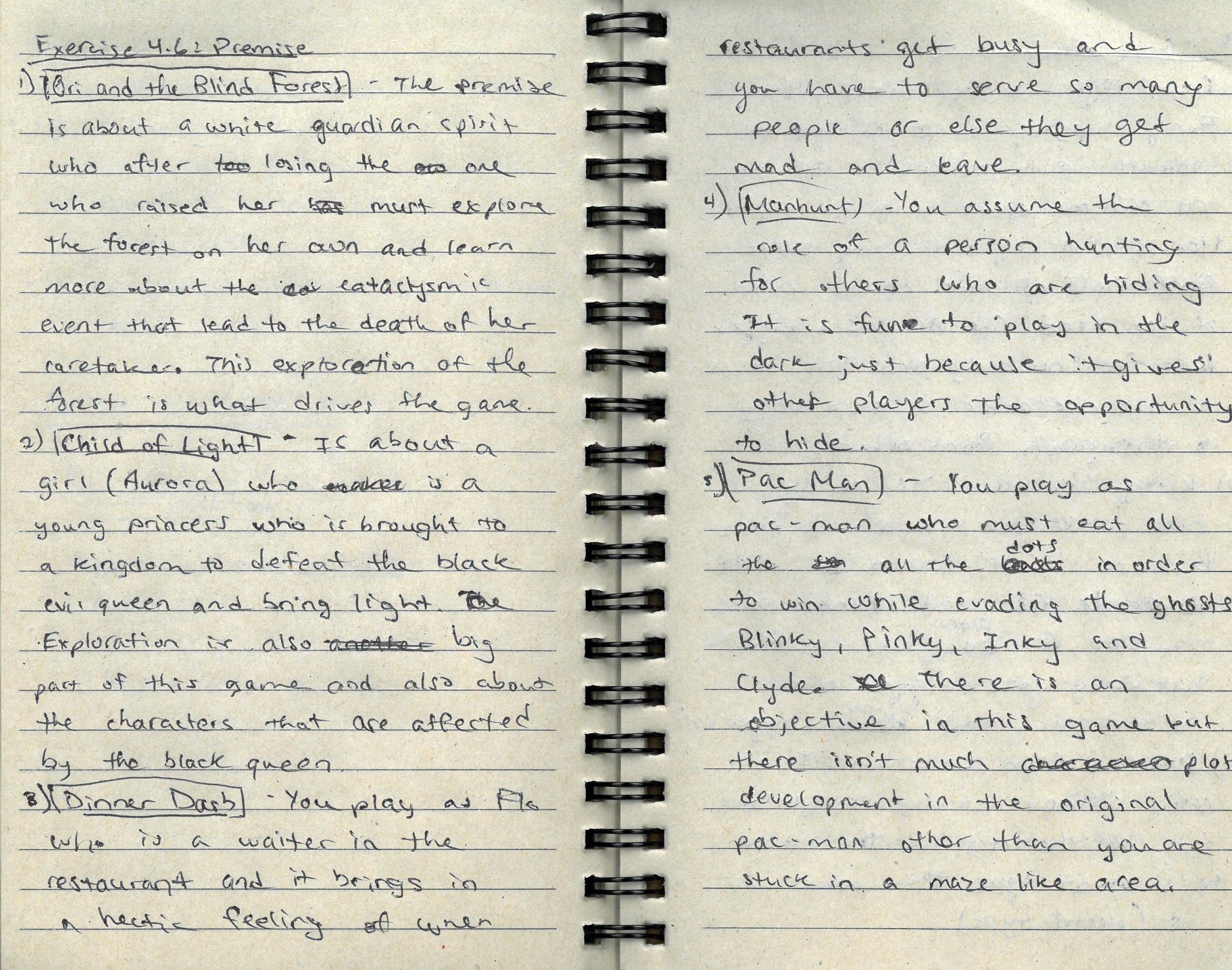
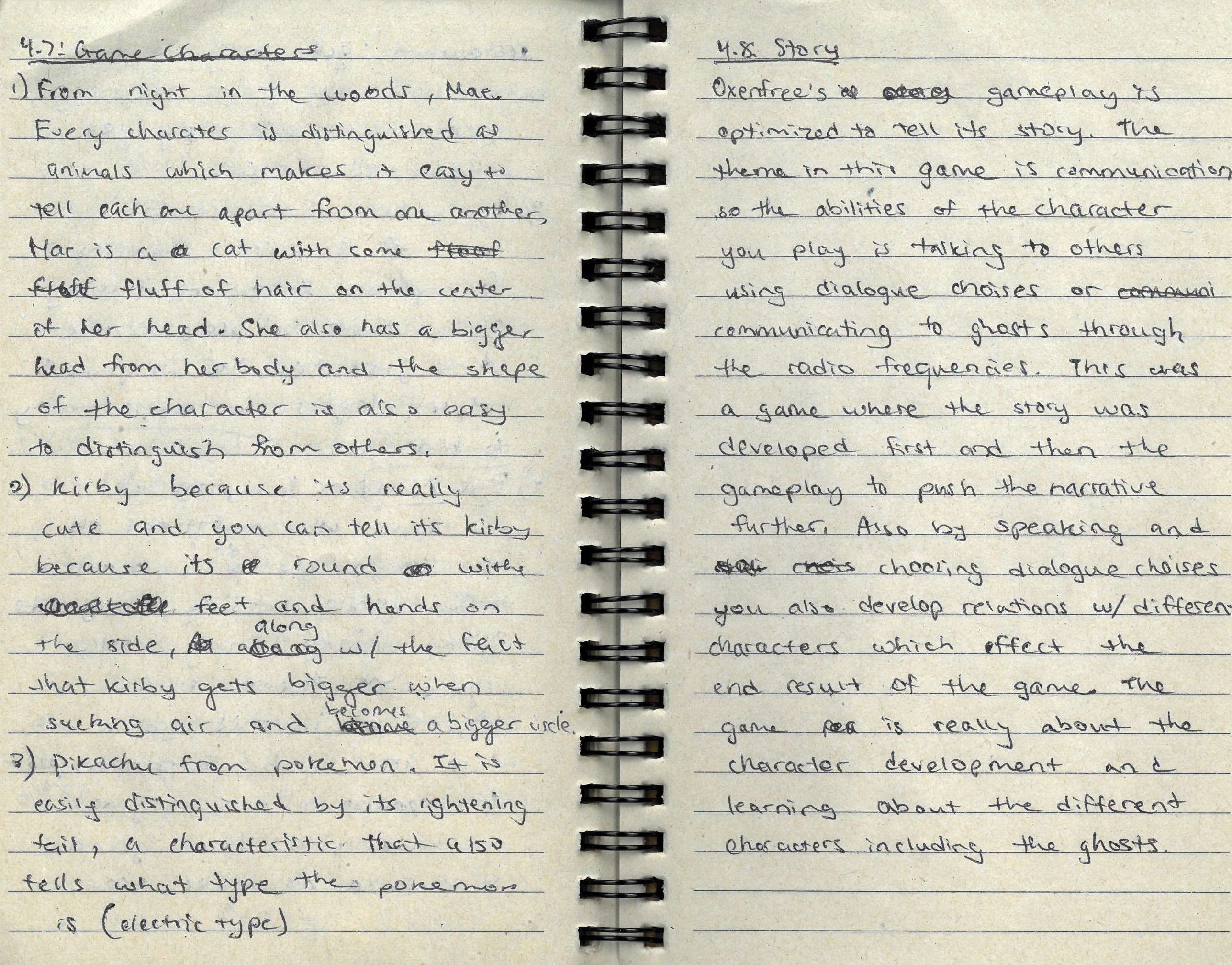
GDW Chapter 11: Fun and Accessibility, Is Your Game Fun?
For my game, as I was playtesting, the movement for my game was what was challenging. This required more time for players to adjust. One of my playtesters said that the movement was hard enough so he wished the levels were less hard. With that I changed the levels making it easier to let the players adjust to the movement and playstyle of the bee. Some playtesters also said that the levels were hard to distinguish from one another which was something I wanted, I wanted the levels to flow into each other, but I also wanted something to tell the players that it will get harder which is why I added an audio cue and particle system.
Hollow Knight (Switch) by Team Cherry
Hollow Knight is a Metroidvania, side-scrolling action game about a story of a knight on a quest to uncover the secrets of the long-abandoned incest kingdom of Hallownest. There is a large map at which you can explore freely, and you could chose which challenges you want to do. Like BloodStained: Ritual of the Night in order to get to certain areas you need a specific abilities such as double jump or wall jumps. Discovery is one of the fun things about this game as you want to explore your environment because there are a lot of secrets and shortcuts.
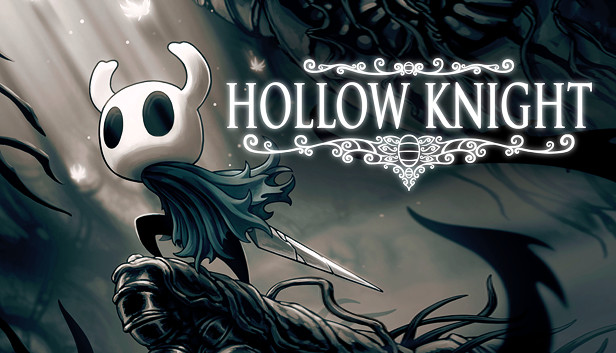
Get BEEHIVE RAID
BEEHIVE RAID
Protect your beehive from invader wasps!
More posts
- ProcessOct 03, 2019
- PostmortemOct 03, 2019
Leave a comment
Log in with itch.io to leave a comment.